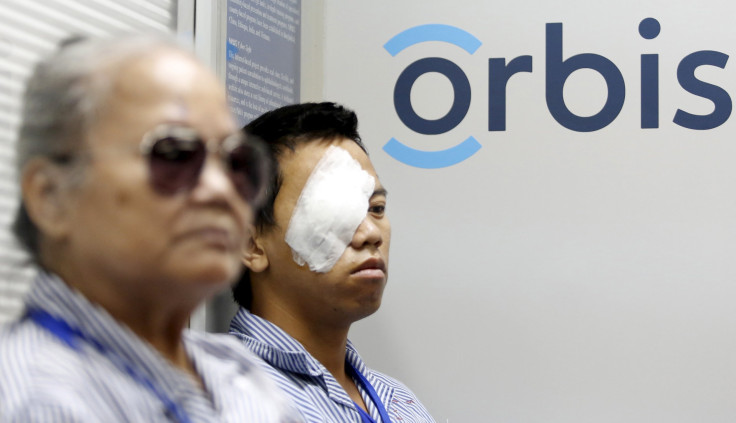Blindness cure: Human stem cells can restore sight, regenerate new lens after surgery

In a research that has been described as “remarkable,” scientists have shown it is possible to cure cataracts using a patient’s own stem cells. The cells regrow a “living lens” in the eyes of cataract patients. Surgeons have reversed blindness in 12 infants with congenital cataracts by removing their damaged lens and then coaxing nearby cells to repair the damage.
“This is one of the finest achievements in the field of regenerative medicine until now,” said Dr. Dusko Ilic, King's College London.
Scientists from University of California, San Diego, have shown that cataracts can be treated using the new technology and without the need for transplants. Currently, cataracts are treated by inserting an artificial plastic lens into the eye that carry a risk of inflammation, infection and night time halo effect in vision. Babies are at a greater risk as their eyes are still developing.
Now, the scientists are planning to start work on cataracts that develop with ageing. They occur when clumps of protein build up over time, creating a clouding effect. A large number of patients are left with poor vision even after surgery. They still require glasses when driving or reading.
The new technique developed by scientists removes the lens but leaves the lens capsule as is. The lens capsule is a membrane that gives the lens its required shape to function. Regenerative stem cells are then moved to the membrane where they gradually grow into a new, fully functioning and transparent lens.
Twelve infants under the age of two healed far more quickly after this new procedure and without complication as compared to 25 youngsters who had traditional plastic lens fitted. In three months, a clear, regenerated curved lens developed in all of the trial patients' eyes.
In a separate study, Cardiff University and Osaka University scientists proved that stem cells can be used to regenerate several types of tissue from the eye in one go. When the scientists transplanted the tissue into a rabbit, it simply reversed blindness.
“These two studies illustrate the remarkable regenerative and therapeutic potential of stem cells. Lens regeneration might also turn out to be possible in ageing adults,” said Prof. Julie Daniel of UCL.
Both studies were published in the journal Nature.






